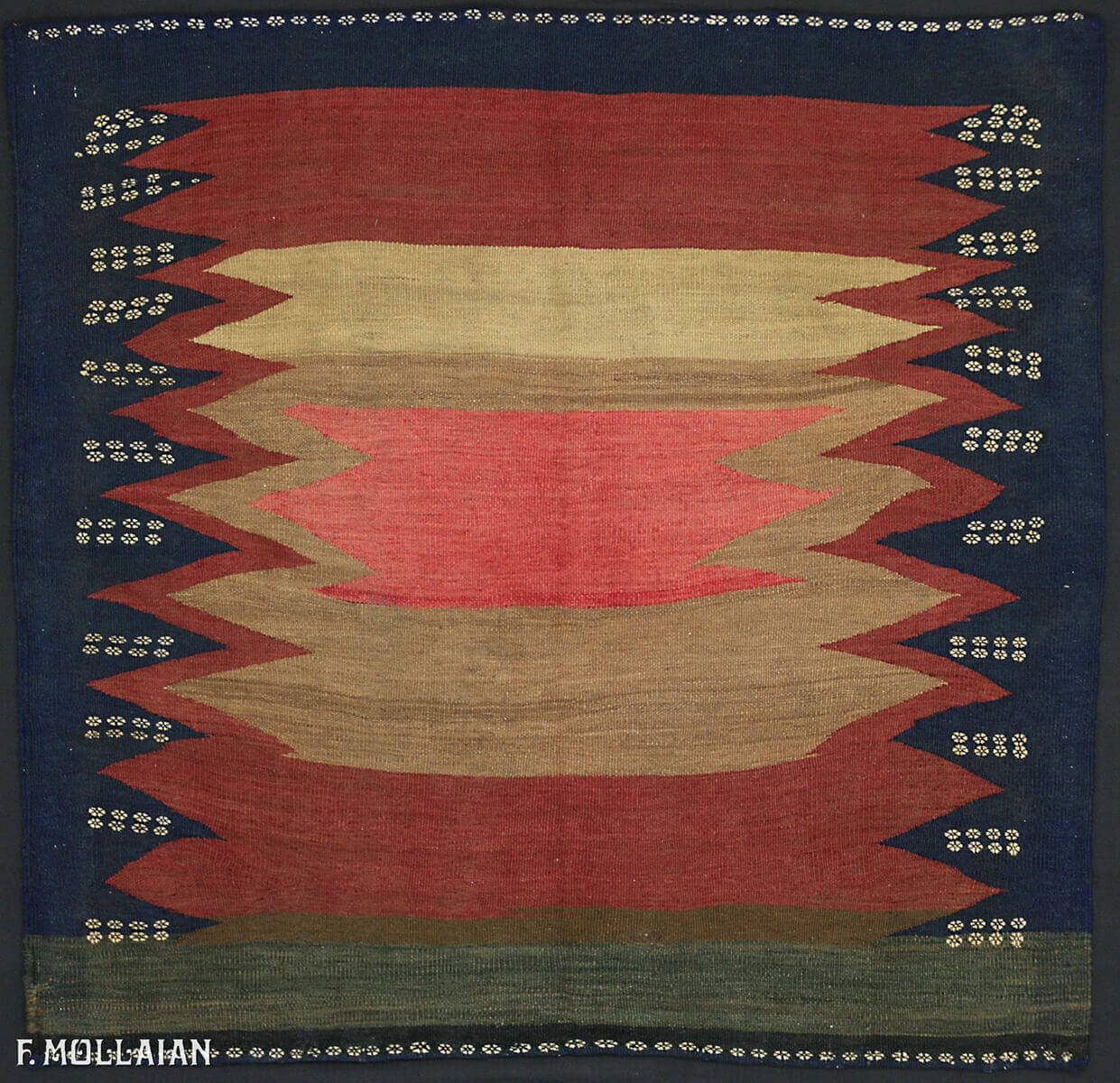Sofreh
-

Kilim Rug Sofreh n°:752442
Read more
(108 × 110 cm) -

Sofreh (A) 747 n°:111313
€890.00 Add to cart
(112 × 112 cm) -

Sofreh (C) 128 Lori n°:111201
€350.00 Add to cart
(116 × 121 cm) -

Sofreh (A) n°:111181
€890.00 Add to cart
(111 × 120 cm) -

Sofreh (A) 082 Lori n°:111167
€750.00 Add to cart
(97 × 118 cm) -

Sofreh (A) 053 Afshari n°:111148
€890.00 Add to cart
(106 × 112 cm) -

Sofreh Excellent n°:111358
€1,099.00 Add to cart
(106 × 109 cm) -

Sofreh Beige Tribal Look n°:55029885
Read more
(215 × 110 cm) -

Sofreh (B) 763 n°:111326
€649.00 Add to cart
(140 × 140 cm) -

Sofreh (B) 790 n°:111340
€649.00 Add to cart
(126 × 131 cm) -

Sofreh (B) 709 n°:111280
€649.00 Add to cart
(135 × 110 cm) -

Sofreh (B) 260 n°:111274
€649.00 Add to cart
(142 × 141 cm) -

Sofreh (A) 199 Baft n°:111250
€890.00 Add to cart
(124 × 125 cm) -

Sofreh Afshari Class (A) 112 n°:111190
€890.00 Add to cart
(126 × 122 cm) -

Persian Sofreh Kilim Rug n°:97587782
Read more
(74 × 68 cm) -

Sofreh Excellent 204 n°:111253
€1,099.00 Add to cart
(111 × 117 cm)
Showing 1–16 of 176 resultsSorted by latest
Sofrehs are small covers, usually flatwoven by the women of the family, that play an important part in the traditional daily tasks and ritual of the tribal life, while serving to exemplify the very varied decorative repertoire of the Persian tribal group who produce them. The bread or flour sofreh, usually about a meter square, is used during the preparation of the bread to stop dough from falling on the ground, and again after baking to warp the bread and keep it fresh.
The sofrehs in this collection, are from Bakhtiari, Kurds, Afshar and Baluch tribes. The Persian sofreh (from the Arabic ‘sufrah’, meaning ‘dinning table’), is a traditional cloth, often spread on the ground, on which to place food, which is considered sacred. The cloth is symbolically used as a clean surface where it is possible to eat without contaminating the food. These sofreh, woven in the tents of tribal groups or in small rural villages of southeastern Persia, mainly in the region of Kerman and Sirjan, are the subject of this condensed exhibition and go under the name of sofreh ardi and sofreh-ye nan-pazi (bread sofreh).

.jpg)
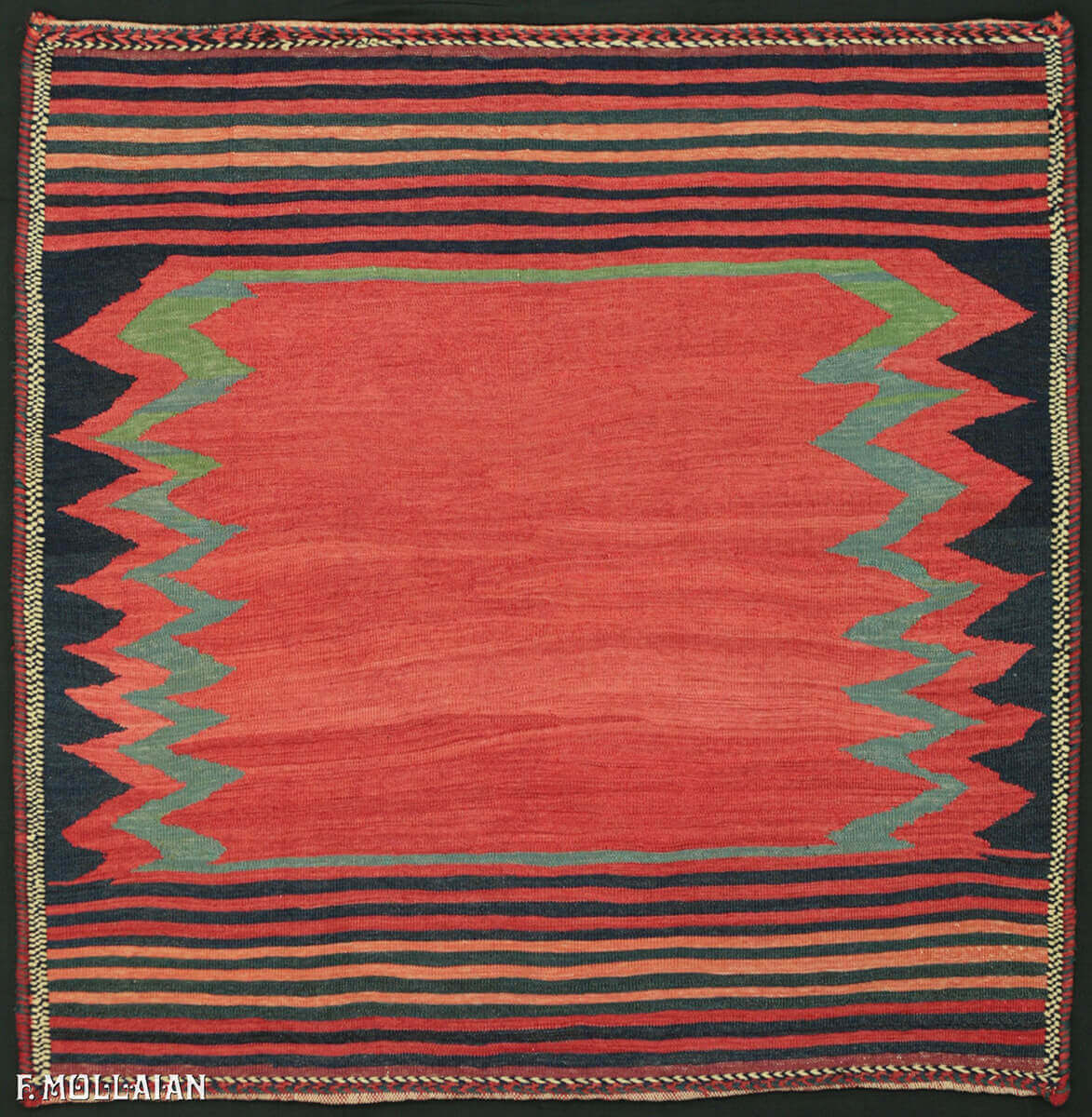
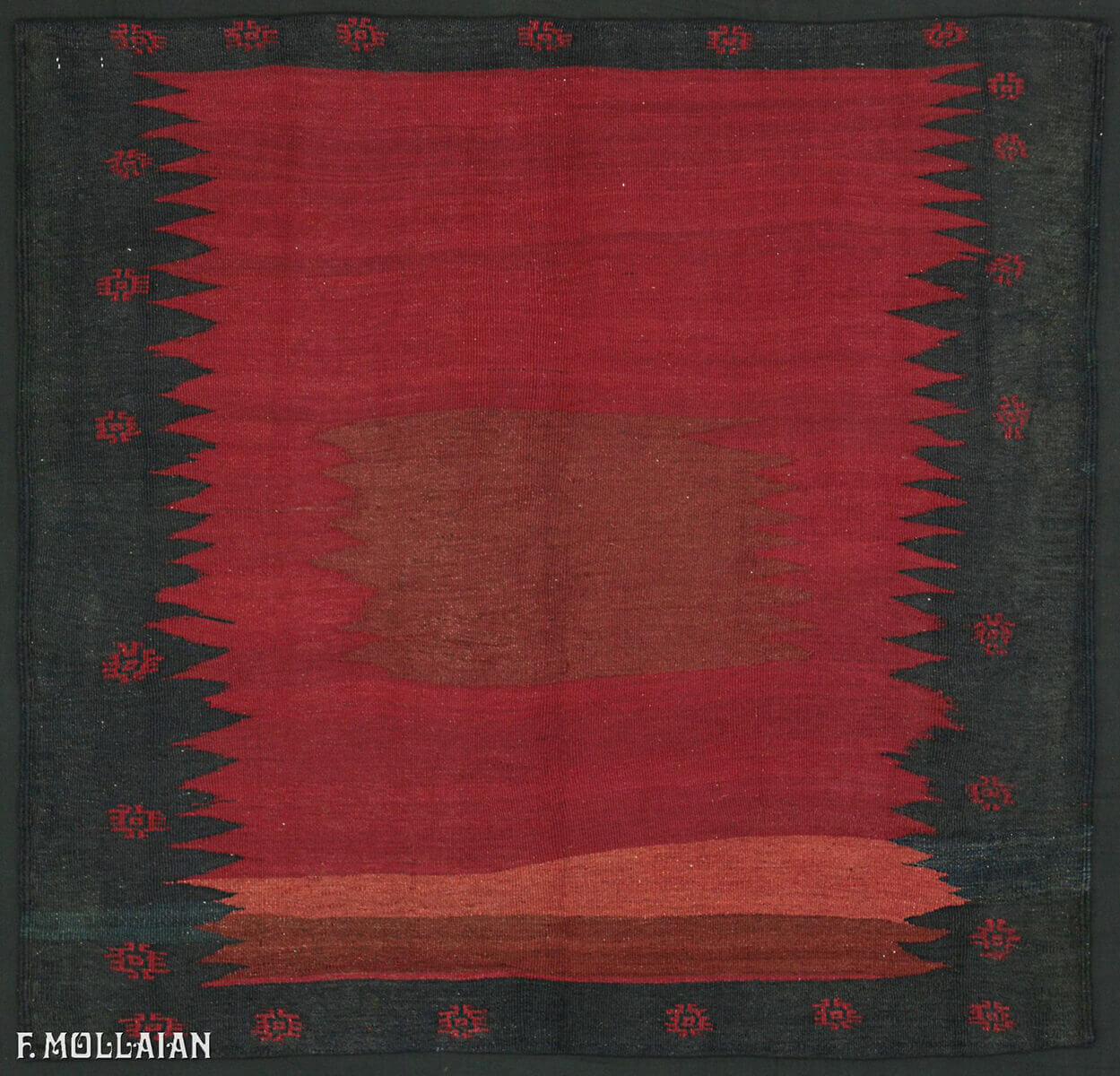
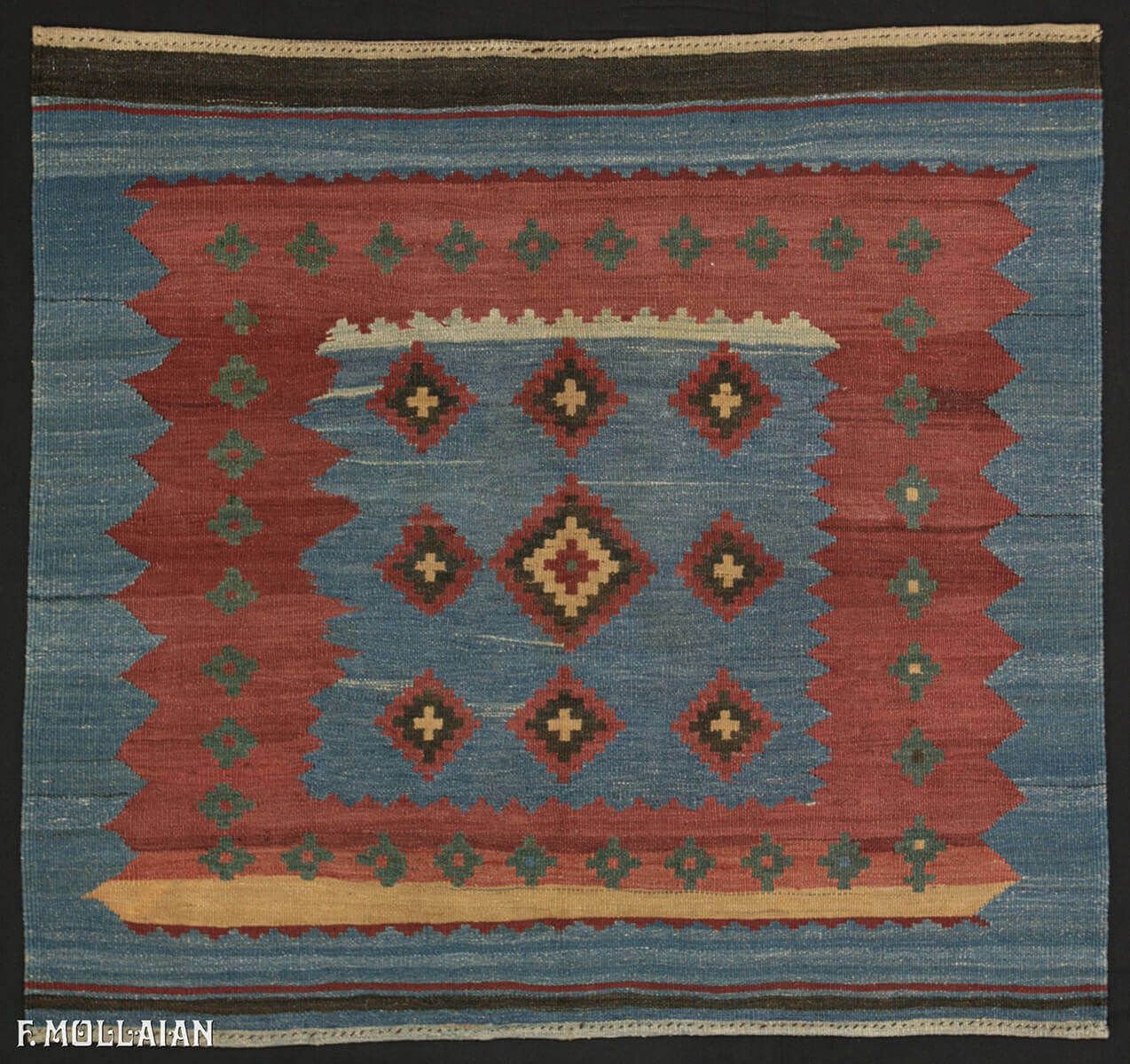
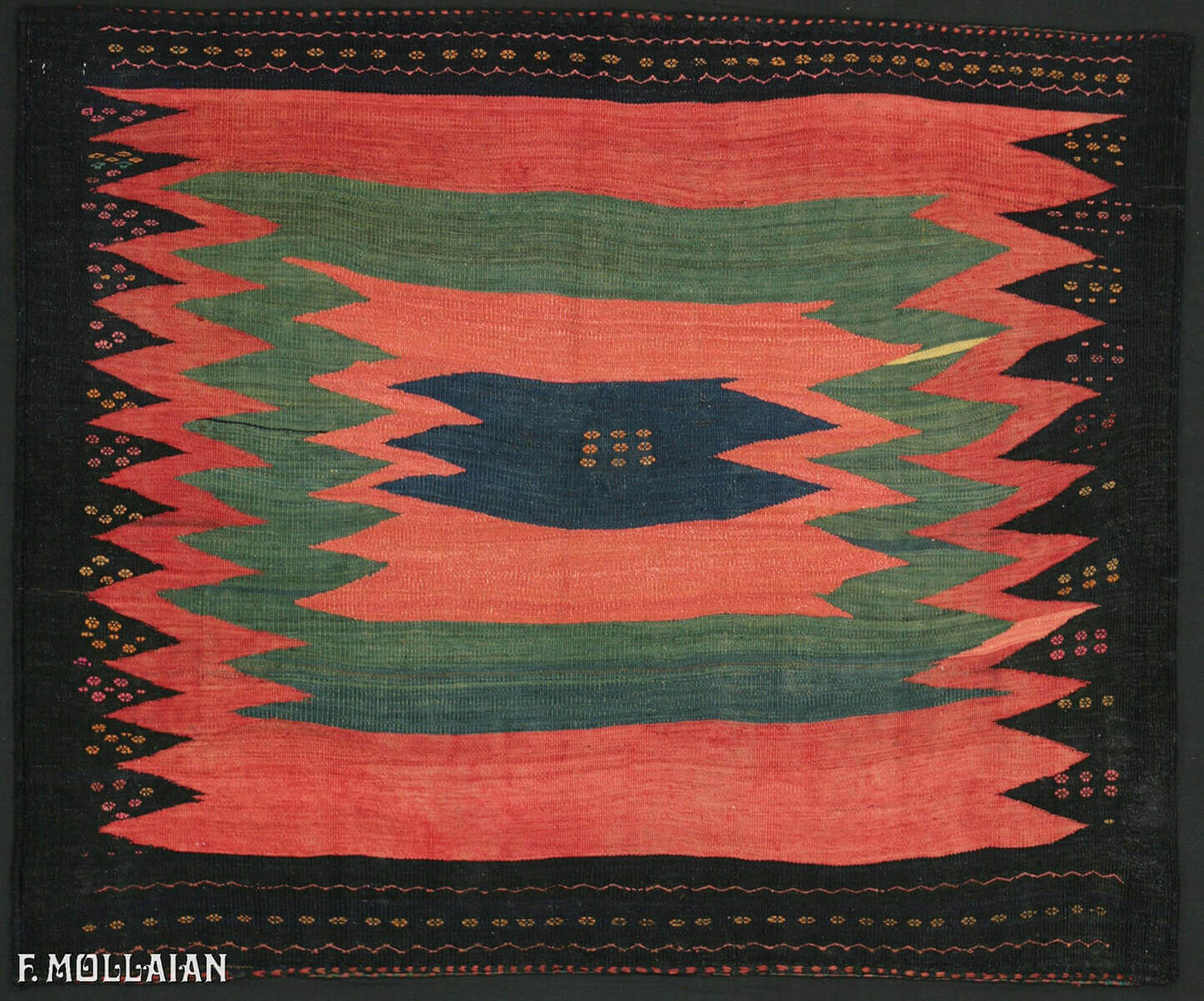
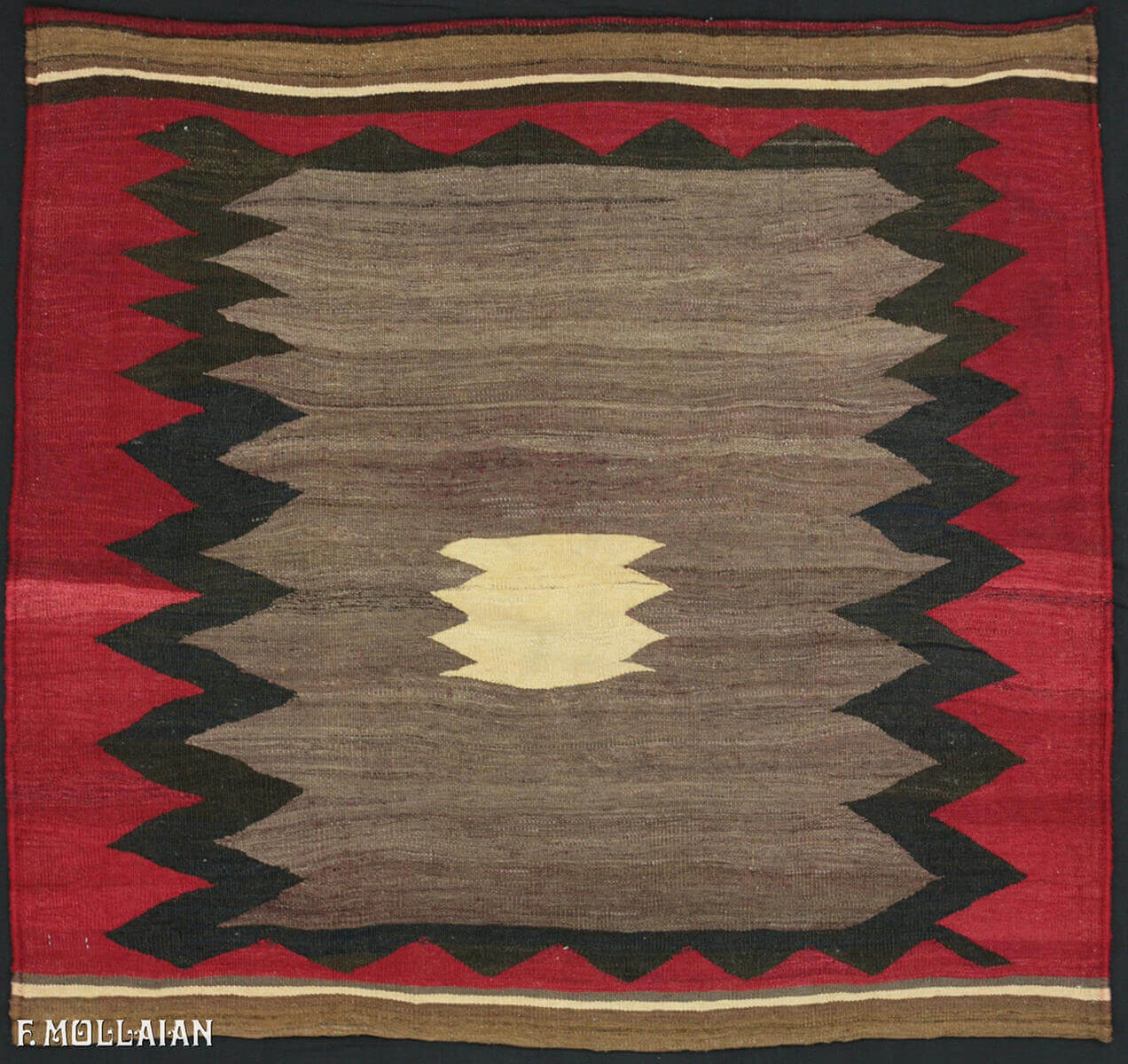
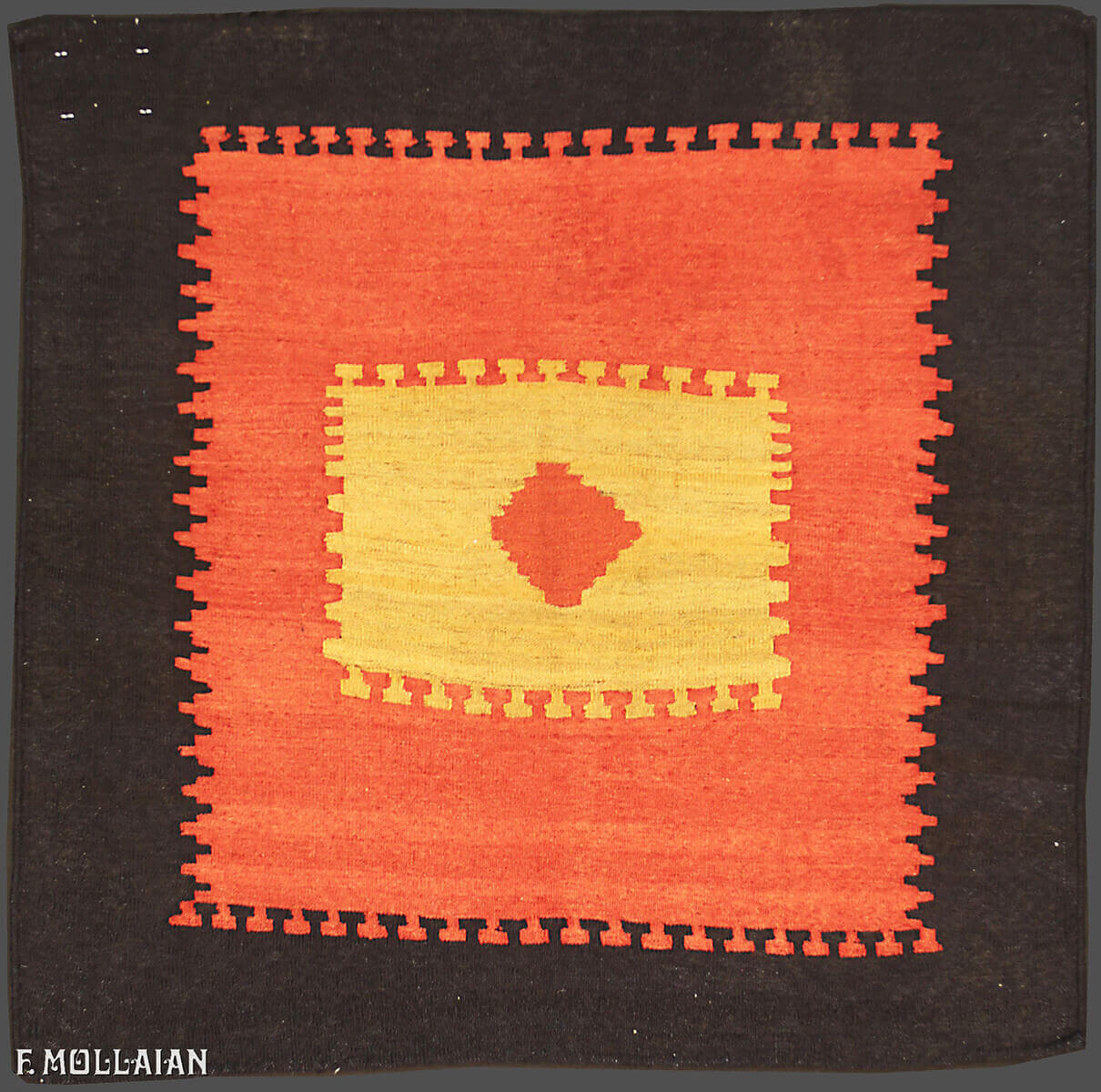
.jpg)
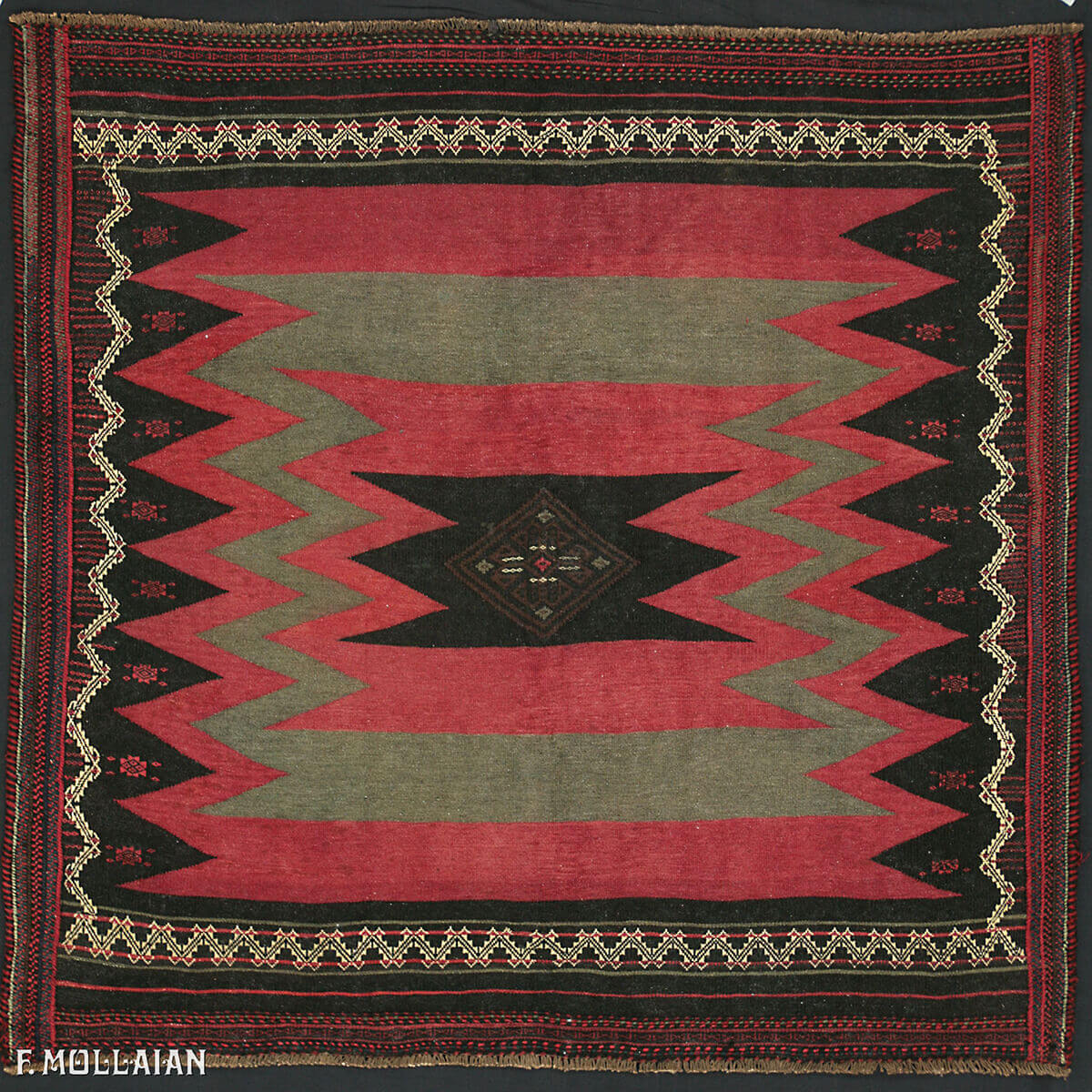
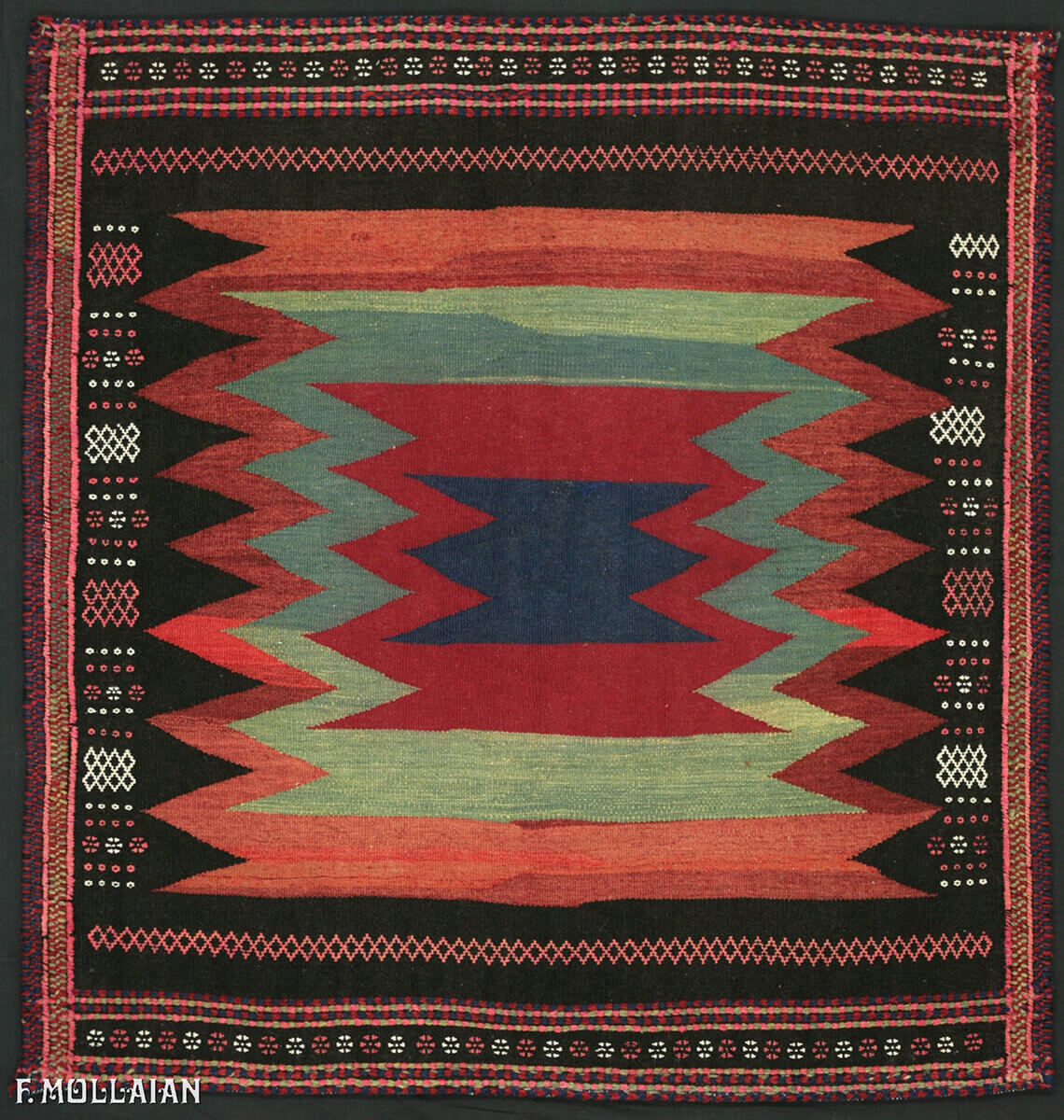
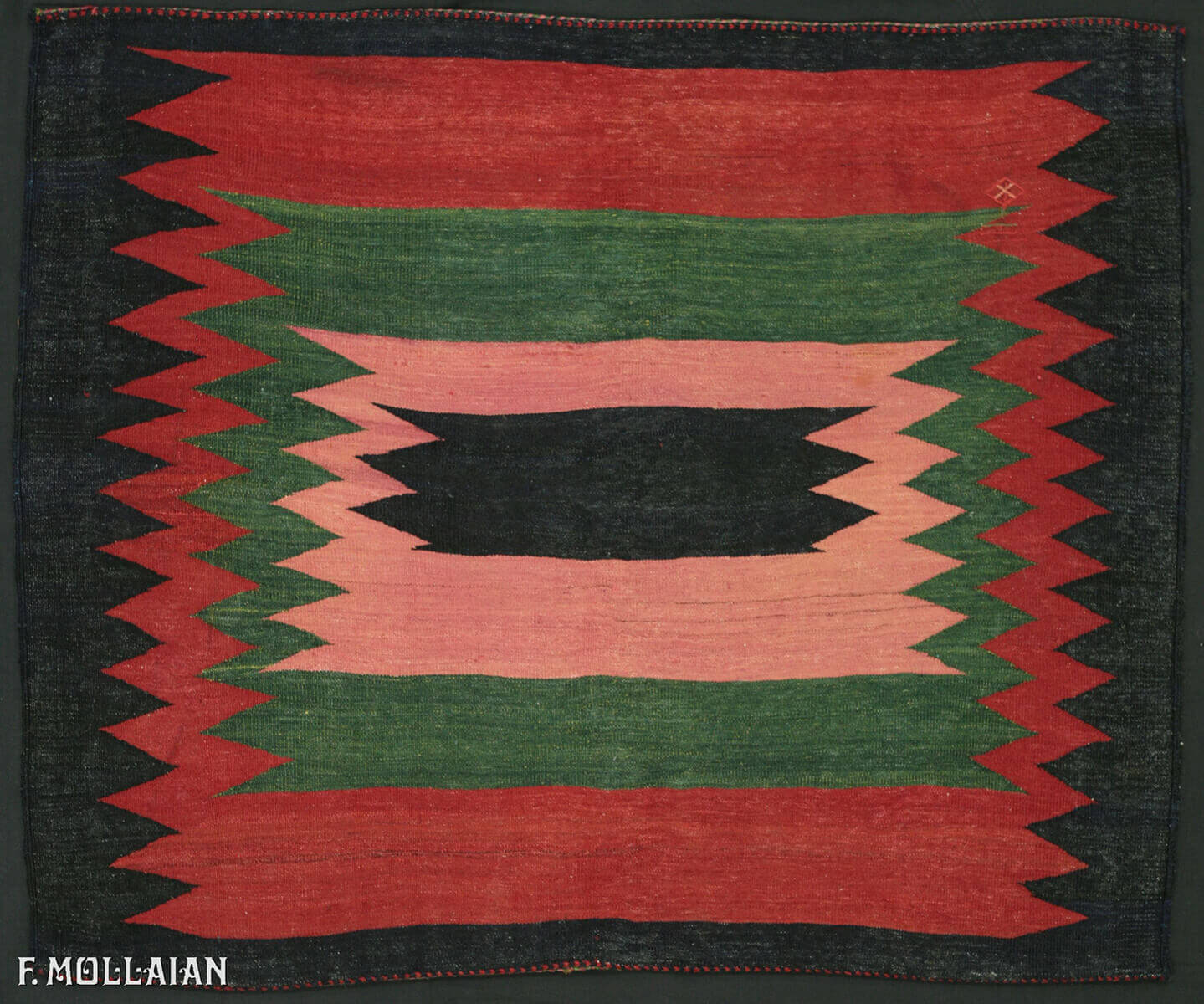
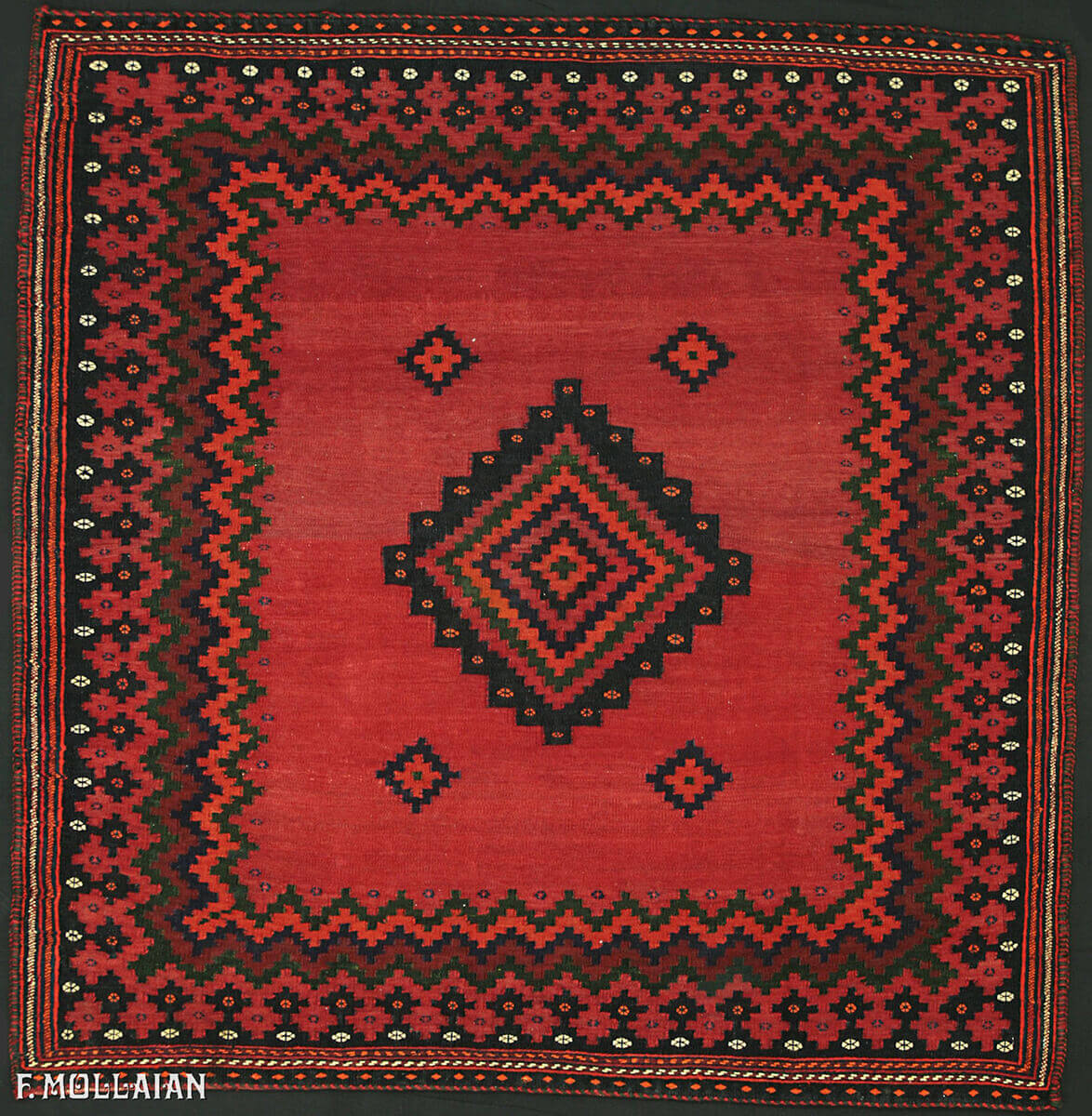
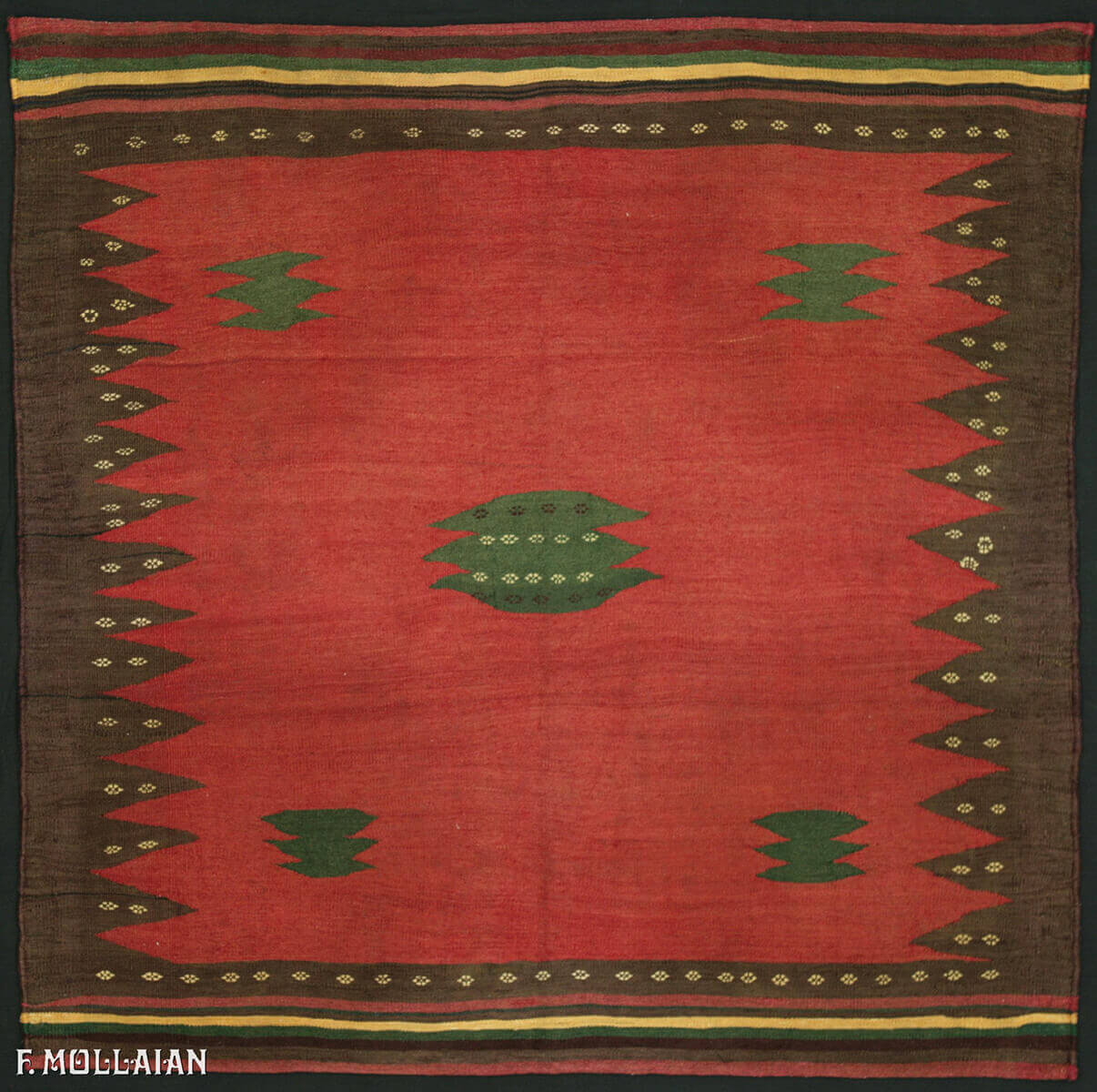
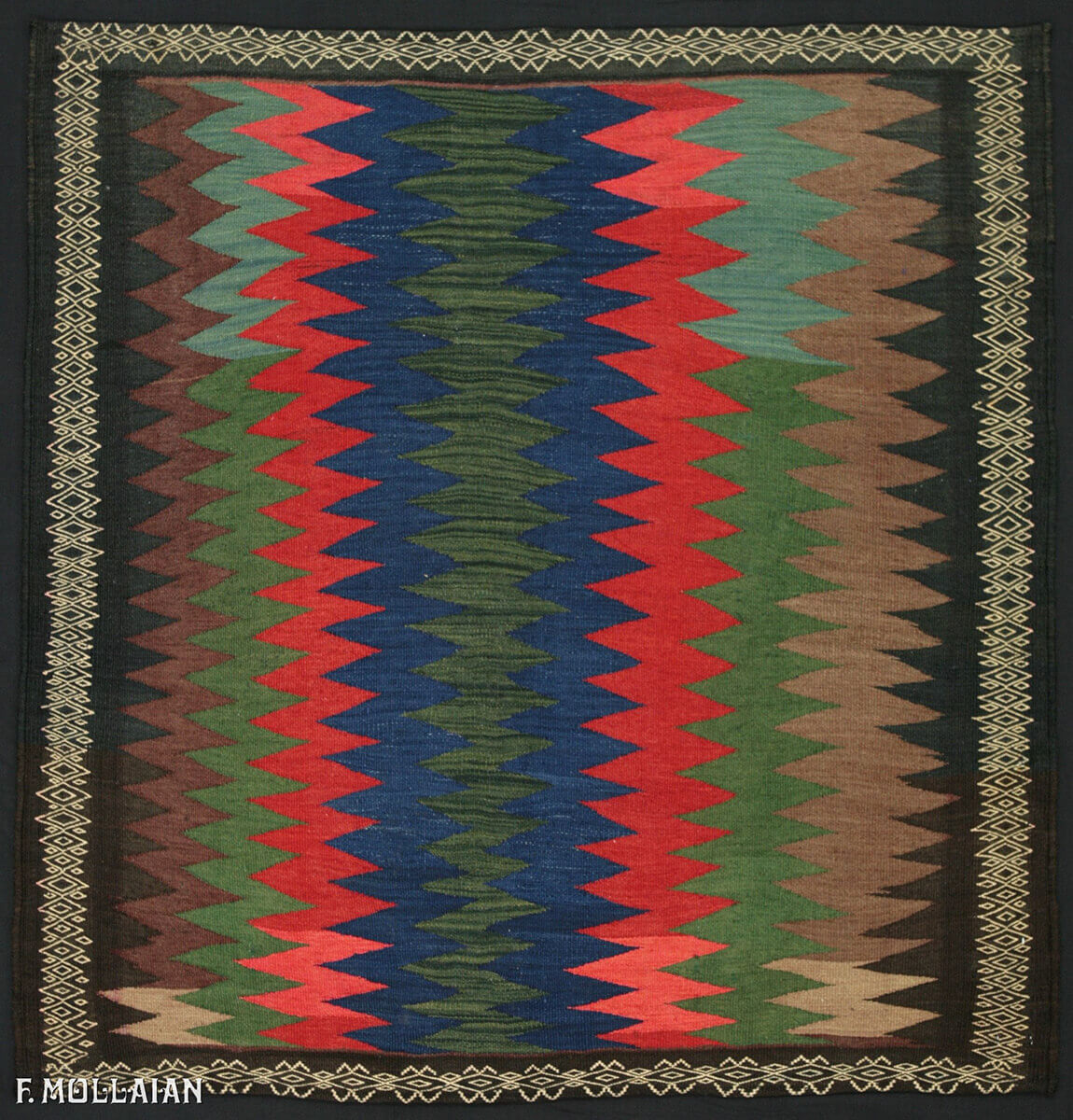
 (1).jpg)
